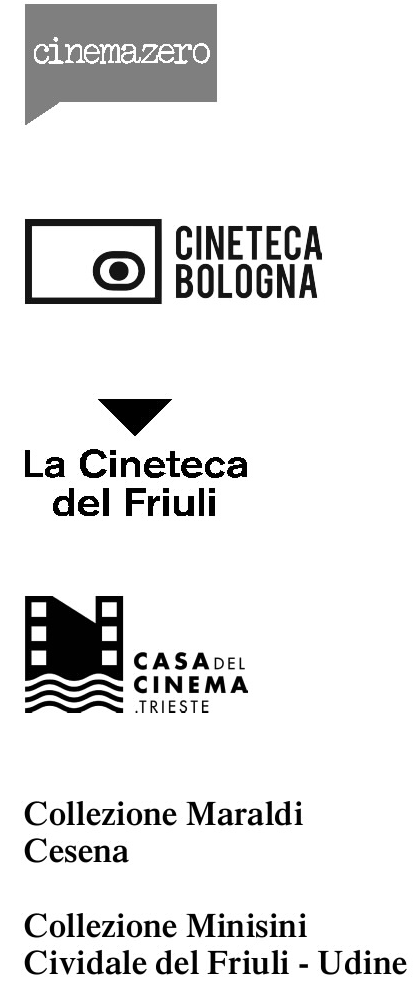La dolce vita e 8 ½. Fotografie di scena
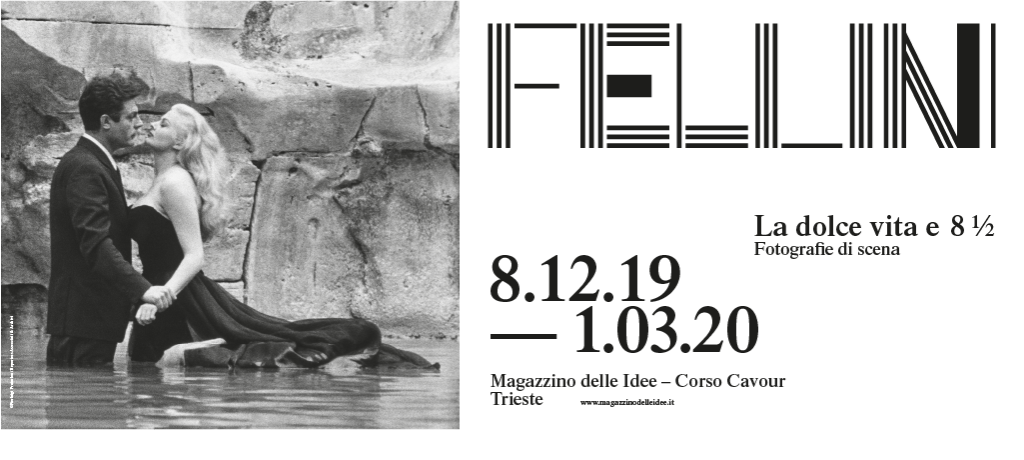
Federico Fellini was born on 20 January 1920.
The Ente Regionale per il Patrimonio Culturale del Friuli Venezia Giulia in collaboration with Cinemazero of Pordenone, the Cineteca of Bologna, the Cineteca of Friuli, Casa del Cinema of Trieste, the Maraldi Collection of Cesena and the Minisini Collection of Cividale del Friuli, celebrates his 100th birthday with the exhibition ‘FELLINI. La dolce vita and 8 ½. Fotografie di scena’ from 8 December to 1 March 2020.
His name was Federico Fellini and he left his Rimini to go and change the cinema: in Rome he brought with him a suitcase of immortal characters, who told Italy to the audiences of the world, with a poetic and visionary lucidity. He celebrated the madness of simple souls, but also the crisis of bourgeois society and intellectuals in the Boom years.
Federico Fellini
Federico Fellini was born in Rimini on 20 January 1920 into a petit-bourgeois family.
After attending classical high school, he moved to Rome in 1939, officially with the intention of studying law.
Instead, he frequented the world of entertainment and radio and began writing scripts and gags.
In 1943, he met the young actress Giulietta Masina, whom he married at the end of that year and who was to be his lifelong companion.
In 1952 he directed Lo sceicco bianco on his own.
The following year La strada won the Oscar for best foreign film. It was Fellini’s international consecration.
In 1957 he won his second Oscar with Le notti di Cabiria. With La dolce vita (1959), Palme d’Or at Cannes, he broke down traditional narrative structures and caused a scandal: Fellini was reproached for his depiction of an amoral and decadent society.
In 1963, 8½ was released, perhaps the highest moment of Fellini’s art. It won an Oscar for best foreign film and for costumes.
The dreamlike structure that characterises the film will be found in later works such as Fellini-Satyricon (1969), Il Casanova (1976), Prova d’orchestra (1979), La città delle donne (1980). Amarcord, from 1973, an affectionate and ironic recollection of the Rimini of his adolescence earned him his fourth Oscar. In the spring of 1993 Fellini was awarded an Oscar for lifetime achievement.
He died in Rome of a heart attack on 31 October of the same year.
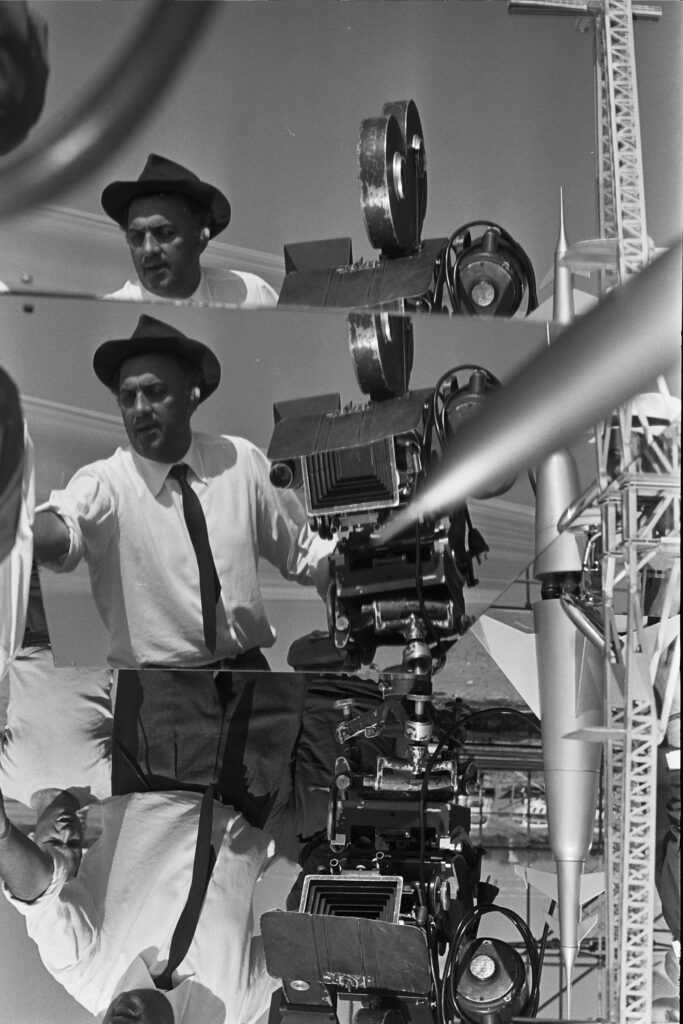
The exhibition
To honour the artist, the poet, the director, the painter, the multifaceted man, the best-loved and best-known Italian contemporary in the world of celluloid and culture, who would have been 100 years old on 20 January 2020, the Magazzino delle Idee in Trieste uses 120 stills to highlight the extent to which two of his most famous films – La dolce vita and 8 ½ – contributed to establishing models of elegance, taste and style that were so new and fascinating that they influenced a much wider audience than the films themselves and are still highly topical today.
Even before being narratives, they are a succession of extraordinary images that highlight the director’s inexhaustible creativity. The set photographers who were called in to witness the making of his films also recount what viewers would not otherwise be able to see, and provide an opportunity to understand the context in which the works were created: one sees fur-clad ladies watching Anita Ekberg’s famous bath in the Trevi Fountain in the middle of winter, the actors in make-up, the director at work as he flaunts himself, bewitches, and gives instructions to the actors.
Three stage photographers whose shots are on display:

Pierluigi Praturlon, an exceptional witness of the Roman dolce vita – author of the famous photograph of Anita Ekberg, childish and mischievous, in the Trevi Fountain, symbol of Fellini’s film and manifesto of an entire era.
He began his career after World War II working for the agencies of Vespasiani and Meldolesi.
A 1947 scoop starring Greta Garbo, who had come to Rome in secret for an audition, opened the doors of success for him.
Within a few years, he established himself as one of the greatest interpreters of the Rome of the Dolce Vita and was often called upon by the same productions to shoot photo shoots inside the Cinecittà studios.
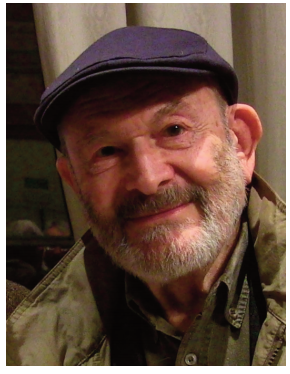
Gideon Bachmann, cosmopolitan and multifaceted, film critic, and photographer friend of Pasolini and Fellini.
Born in Germany, but soon emigrated with his family, he grew up in New York, where he was a pupil of Hans Richter.
He moved to Rome during the most vital years of Italian cinema and became friends with Fellini and Pasolini, Bertolucci, Ferreri and Scola, documenting the sets of some of their most important works with his camera.
A critic for numerous newspapers and magazines and a lecturer in Film Technique at the University of Rhode Island, in the USA, he returned to his native Germany in his last years, and served as director of Vox Humana, a collection of recordings of stories and memoirs by film directors.
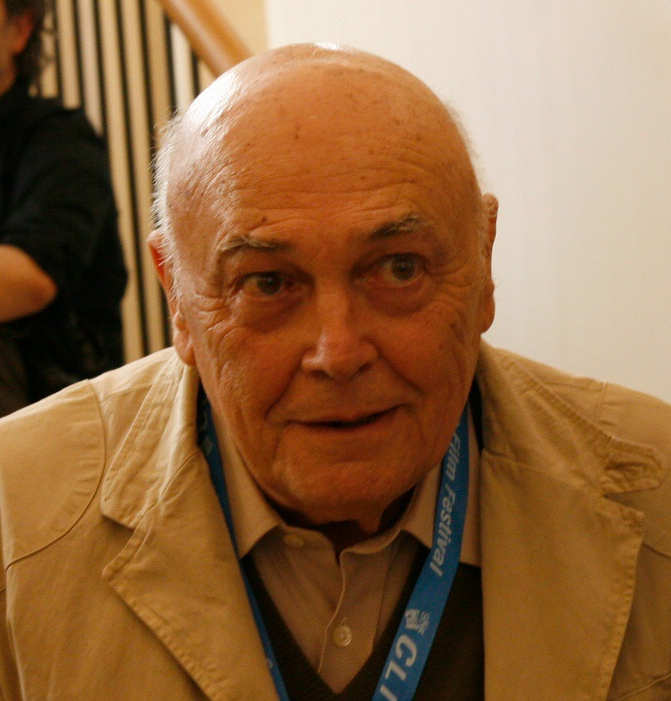
Paul Ronald, French by birth but one of the most important set photographers of Italian cinema, called by Fellini himself on the set of 8 ½, has left an exceptional testimony of scenes and characters through his colour shots.
Born in Nice, during the war, he frequented cinema circles and met Aldo Rossano Graziati, an Italian director of photography who introduced him to the profession of set photographer, calling him as assistant for Jean Cocteau’s La bella e la bestia (1946).
The following year, Aldo involved him as a photographer and film consultant on Luchino Visconti’s La terra trema (1948), which was followed by Augusto Genina’s Il cielo sulla palude.
Ronald then settled permanently in Italy where – among the most appreciated set photographers – he collaborated with major directors over the course of a long career on a hundred or so films.
The photographs are therefore the testimony of an artistic experience and of the team of men and women, artisans, technicians and artists who enabled Fellini to carry it out.
The exhibition is completed by a number of images by photographer Tazio Secchiaroli, the ‘paparazzo’ par excellence, which bear witness to some moments of the Roman dolce vita that have remained in the history of Italian costume; as well as stories, press cuttings and posters that shed light on the sources of inspiration and tell the story behind the scenes: the discussions between director and producer, the second thoughts, and the journalistic controversies up to the difficulties with censorship that accompanied the birth of two milestones in film-making.
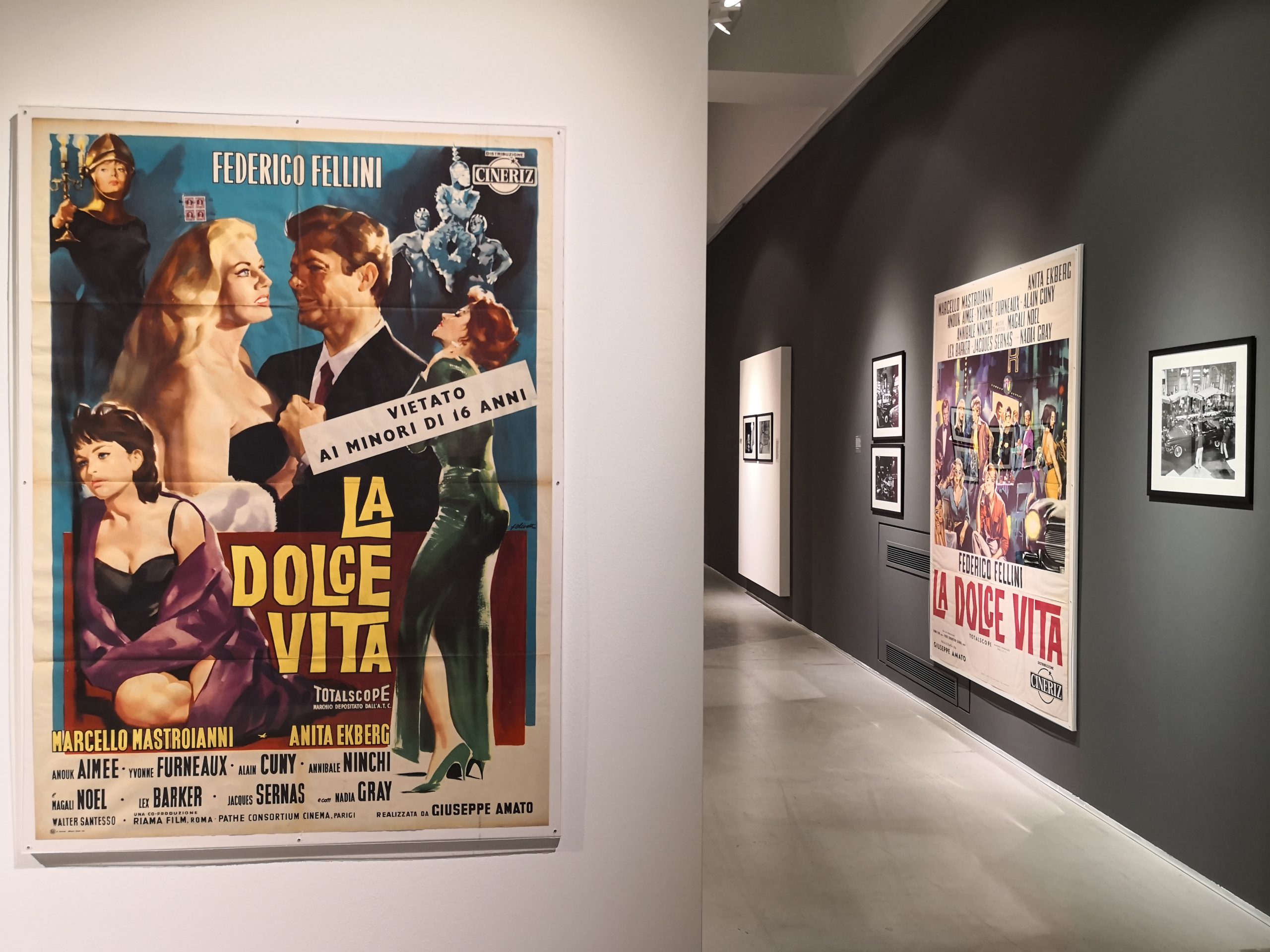
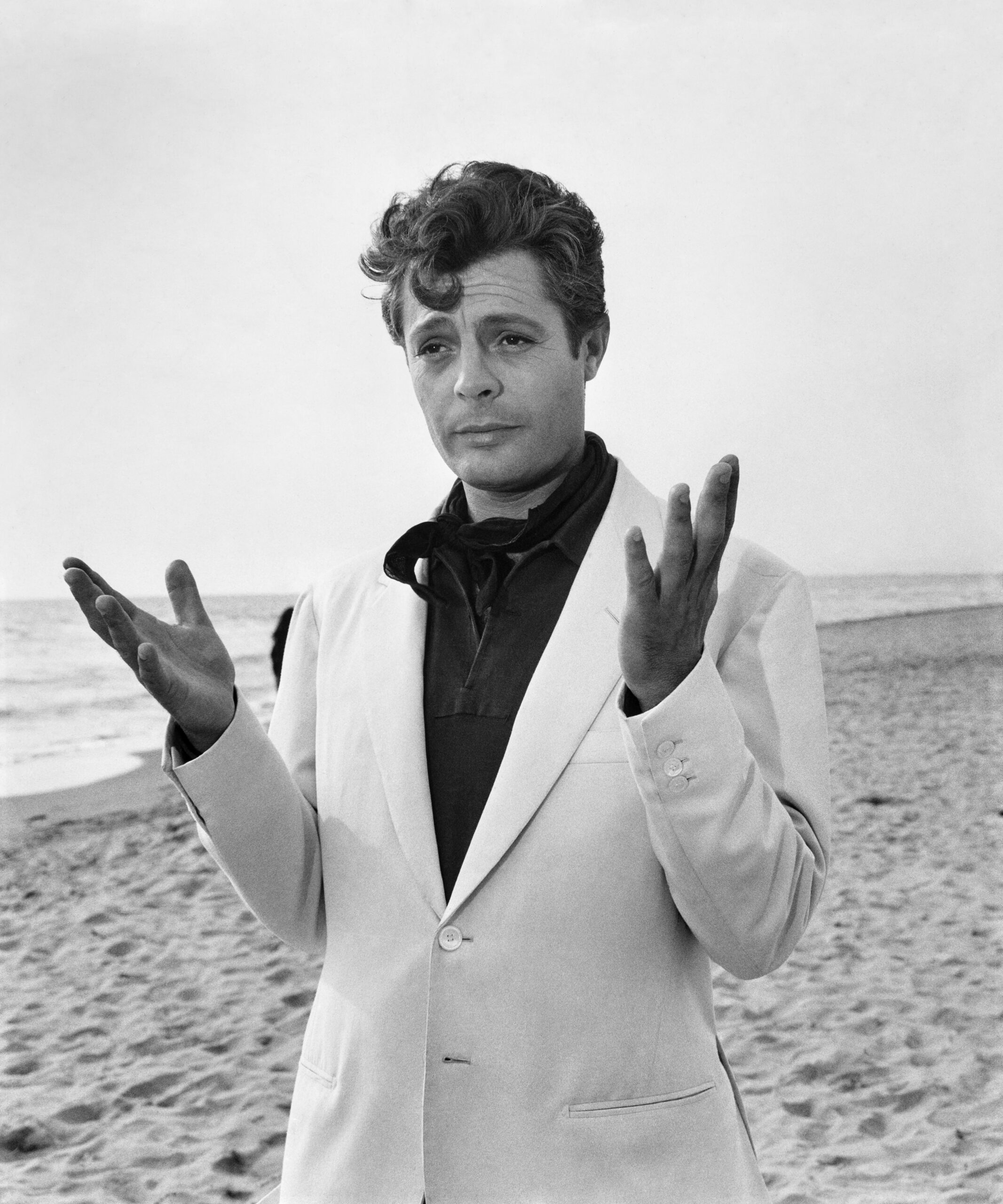
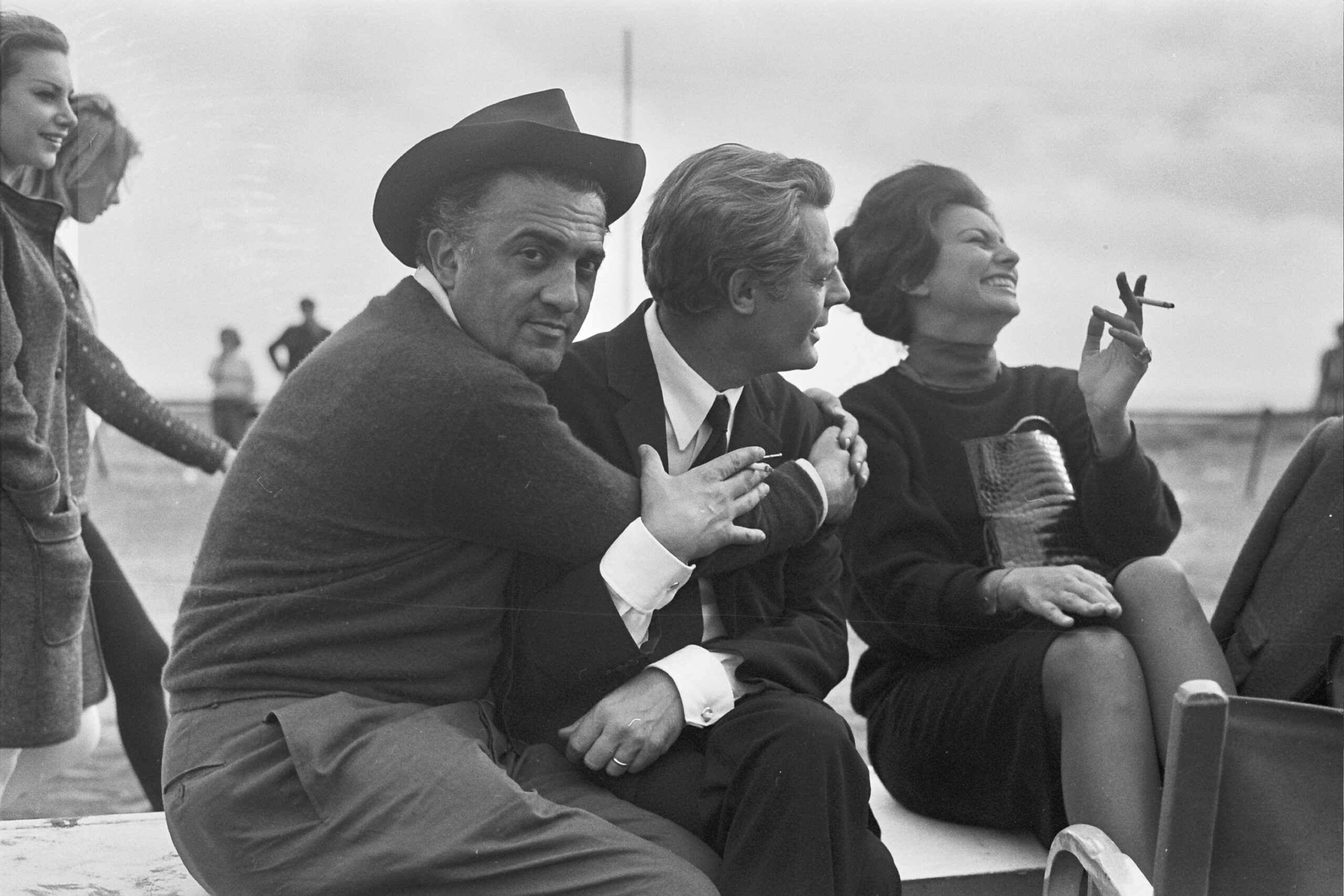
Openin hours
Tuesday-Sunday: 10.00 am -7:00 pm
Closed on Monday
Special openings:
31 December 2019: 10 a.m.-2 p.m.
1 January 2020: 10 a.m.-7 p.m.
6 January 2020: 10 a.m.-7 p.m.
Tickets
Full price € 6.00
Reduced price* € 4.00
– over 65 years
– children from 11 to 18 years of age
– students up to 26 years of age
– differently abled
*document required
Groups and children € 3,00 (children from 6 to 11 years of age)
Free of charge
– children up to 6 years of age
– accompanying persons of groups (1 per group)
– visiting teachers with pupils/students (2 per group)
– one accompanying person per disabled person
– journalists with a regular membership card of the National Association (professionals, trainees, publicists) on duty by requesting accreditation at: info@magazzinodelleidee.it
The ticket office closes half an hour earlier.
Press office
Studio Novajra: +39 335 6688233 – ufficiostampa@novajra.it
Information
www.magazzinodellaidee.it
info@magazzinodelleidee.it
Telefono: +39 040 3774783
